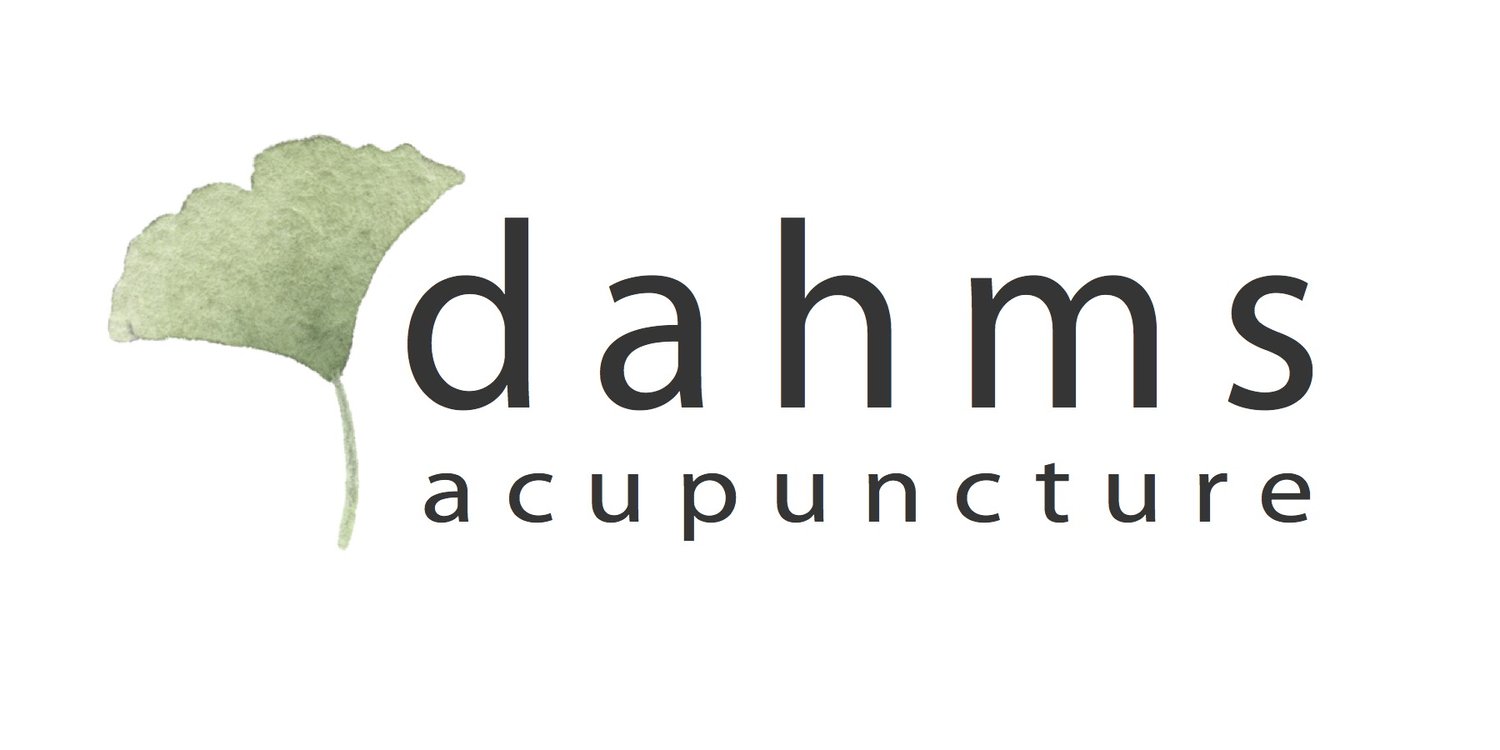Botox vs. Acupuncture for Myofascial Pain Syndrome
/What is myofascial pain syndrome?
According the the Mayo Clinic, "Myofascial pain syndrome is a chronic pain disorder. In this condition, pressure on sensitive points in your muscles (trigger points) causes pain in the muscle and sometimes in seemingly unrelated parts of your body. This is called referred pain. Symptoms include: Deep, aching pain in a muscle Pain that persists or worsens A tender knot in a muscle Difficulty sleeping due to pain
What causes the pain?
"Sensitive areas of tight muscle fibers can form in your muscles after injuries or overuse. These sensitive areas are called trigger points. A trigger point in a muscle can cause strain and pain throughout the muscle. When this pain persists and worsens, doctors call it myofascial pain syndrome." (Mayo Clinic)
What is botulinum toxin and how can it help treat myofascial pain?
"Botulinum toxin is a protein produced by the bacterium Clostridium botulinum and is a potent neurotoxin that eventually inhibits muscle contractions. It is capable of selectively weakening painful muscles and interrupting the pain cycle." (source: https://www.cochranelibrary.com/cdsr/doi/10.1002/14651858.CD007533.pub3/full)
Is botulinum toxin safe even though it's a neurotoxin?
There are various formulations of botulinum toxin which are not identical nor equivalent. "Injection volume, toxin concentration, and dose may all play significant roles in the therapeutic and non-therapeutic effects of individual formulations." (source: https://www.ncbi.nlm.nih.gov/pmc/articles/PMC6316182/)
The Dose Makes the Poison
"The same properties that make botulinum toxins harmful to the nervous system can also be used to treat a number of physical disorders involving the neuromuscular system. As botulinum toxin biological activity (mode of action) is relatively well understood, treatments have been developed for administering the right amount (proper dose) in just the right location of the body to treat various medical conditions, with minimal side effects." (source: (source: https://toxedfoundation.org/botulinum-toxin-and-botox/)
Studies on Botox for myofascial pain syndrome
"Four studies with a total of 233 participants, comparing BTXA with placebo, met the inclusion criteria. In one study with 145 participants, significant improvement rates of pain intensity scores and duration of daily pain were demonstrated when comparing BTXA with placebo. The three other studies showed that there was no statistically significant difference between BTXA and placebo in pain intensity." (source: https://www.cochranelibrary.com/cdsr/doi/10.1002/14651858.CD007533.pub3/full)
How does acupuncture compare?
In 2017, a Network Meta-Analysis of 33 randomized controlled trials was conducted. In these 33 trials, 1,692 patients were included. "Patients were allocated to 22 kinds of interventions, of which dry needling and manual acupuncture was the most frequently investigated intervention. Compared with placebo-sham acupuncture, scraping combined with warming acupuncture and moxibustion was found to be more effective for decreasing pain intensity."
"The existing evidence suggests that most acupuncture therapies, including acupuncture combined with other therapies, are effective in decreasing pain and in improving physical function, but additional investigation on the safety of these therapies is required." (source: https://pubmed.ncbi.nlm.nih.gov/28934793/)
Conclusions
More studies and comparisons need to be conducted to determine the efficacy of both Botox and acupuncture to treat myofascial pain syndrome. However, acupuncture is a safe and effective treatment to choose with lower associated risks than Botox.









